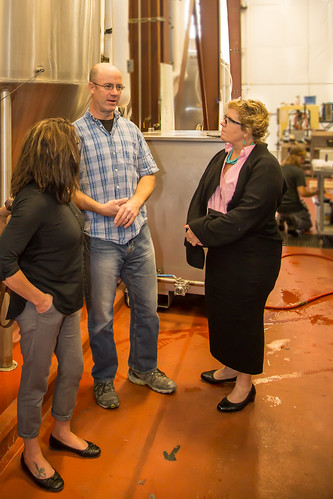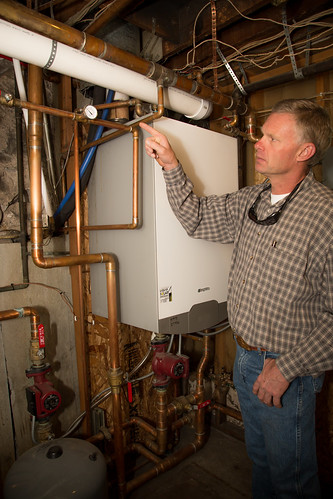NOTE: This week on the USDA Blog, we’ve been featuring the stories of America’s Harvest Heroes who, like farmers across the nation, are working this harvest season to secure the bounty of healthy food American agriculture is renowned for. From laying the foundation for the next generation of farmers putting down roots in rural America, supporting the fruit and vegetable growers who are helping to build healthier communities, bolstering new markets for the products of agricultural innovation, to harvesting renewable energy that is made in Rural America, with USDA’s support our farmers are yielding strong results for every American. This blog focuses on two heroes of a different kind of harvest – clean, renewable energy that is #RuralMade.
I spent some time in Montana earlier this month to attend the Harvesting Clean Energy conference in Billings. We talked about options for continuing to support clean energy development, whether it's bio-based, geothermal, solar, or wind – and how rural America fits in to the picture of clean energy development.
Our Rural Energy for America Program was, unsurprisingly, a key focus by the participants. Having been reauthorized by the recent Farm Bill, Congress put REAP in a position to have very real impact on clean energy development in our rural communities. If properly leveraged with other programs, both private and public, and investment from the private sector – the funding made available by Congress could conceivably have a billion-dollar impact on clean energy development in our nation.

What strikes me the most is, how many of the projects to this point have been implemented. Rather than just the large complexes – which certainly have their place in the overall picture – rural America has responded by implementing small-scale projects, often at an individual business level, that have had noteworthy impact on the energy structure in their communities.
While in Montana, I was able to see first-hand how these small scale projects have made a positive change on not just the carbon footprint and energy consumption of rural small businesses, but on their operational bottom line. I visited Red Lodge, Montana, a small community southwest of Billings that acts as a gateway in to Yellowstone National Park via the Beartooth Highway.
Two particular businesses stood out for me, the Yodeler Motel, and Red Lodge Ales. Both companies had made investments in their businesses through the Rural Energy for America Program, and done so on a relatively small scale – yet had seen a direct and positive impact on their operations due to the cost savings from the renewable energy sources. Harnessing the sun's radiant thermal energy to heat water, both the Yodeler and Red Lodge Ales have utilized the water in different ways to benefit their businesses. The Yodeler uses the heated water in their boiler to heat the rooms and common areas of the historic motel on the south end of Red Lodge.

Red Lodge Ales takes the pre-heated water, and superheats it to clean their brewing tanks, as well as maintain the necessary heat to brew their beer.
It's a prime example of two different businesses using similar technology to harvest the abundant, clean, and free energy around us to benefit not only the businesses themselves – and their bottom line – but to benefit their community and the environment as a whole. I'm proud that USDA Rural Development could play a role in that.
